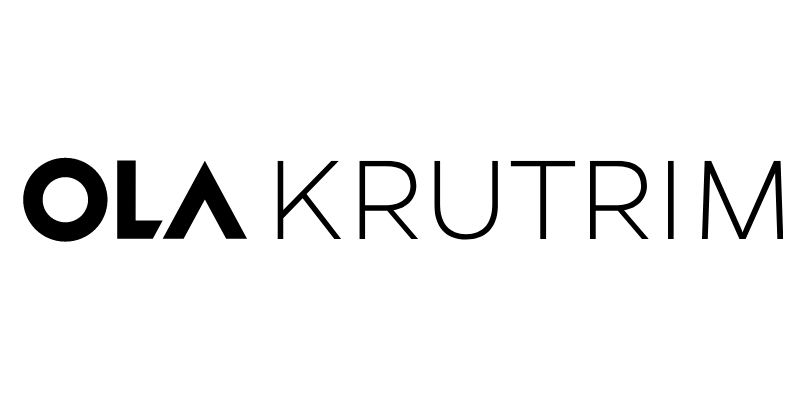Advertisement
Knowledge management is crucial for any business to succeed. The more companies expand, the more complex it becomes to manage, retrieve, and organize internal information. Step in generative AI—a sophisticated type of artificial intelligence that generates content, abstracts documents, and enhances search results. By incorporating generative AI in knowledge management tools, companies can automate processes, strengthen decision-making, and facilitate collaboration. Unlike traditional knowledge tools, generative AI adapts in real time, producing dynamic insights tailored to user intent. This article will explore how generative AI reshapes enterprise knowledge systems and why it's becoming essential for digital-first organizations.
Knowledge management (KM) is developing, sharing, using, and managing an organization's information assets. Documents, databases, employee experience, internal policies, and best practices are all included. Conventional KM systems typically depend on static repositories, hand-tagging, and slow search capabilities. But today's businesses demand quicker, more intelligent means to access and utilise information. That's where generative AI in knowledge management revolutionises the process. It doesn't only store information—it understands, structures, and creates content to match the user's requirements, opening up new means of managing knowledge effectively and smartly throughout all departments.

Generative AI algorithms can create text, images, and even code based on a prompt. It's trained on huge datasets and can summarize documents, respond to questions, and create new content out of thin air. AI-driven knowledge systems employ NLP to comprehend internal documents, emails, and messages for knowledge management. This allows the system to combine new insights or create hidden relationships across organizational knowledge. While standard search engines merely locate documents, generative AI goes on to understand and reword them into user-accessible formats, making corporate content actionable and readable in seconds.
The greatest challenge in knowledge management is locating the proper information quickly. Generative AI improves on that by providing contextual search. Workers no longer must employ precise keywords; they can pose natural-language queries such as, "What's our return policy for overseas clients?" The AI extracts answers from internal documents, chat histories, or wikis and delivers a brief answer. This saves time lost looking for answers and boosts productivity.
With generative AI in knowledge management, searching is semantic, recognising intent, context, and language—hence, much better than keyword-matching search engines of the past.
Organisations generate huge amounts of content daily—transcripts of meetings, white papers, training manuals, etc. Generative AI can automatically summarise lengthy documents, presenting key points without having to read everything. Whether it's a 50-page strategy document or an hour-long webinar transcript, generative AI condenses it into a digestible summary. This supports faster onboarding, better collaboration, and more informed decision-making. Companies can integrate this capability into their knowledge bases, instantly allowing team members to preview key insights.
It’s a smarter way to stay informed without drowning in information overload—a key benefit of AI-powered knowledge systems.
Each employee has a unique role, so why should they all get the same knowledge recommendations? Generative AI customizes content according to a user's role, activity, and interests. A marketing manager may see campaign data briefs, and a programmer may receive product documentation changes. These individualized insights make them more productive and less cognitively overloaded. The AI adapts to interactions and exposes the most important content without prompting. This is more than mere tagging or folder hierarchies—it's dynamic, real-time, and intelligent. The payoff?
Less time searching and more time doing, triggered by intelligent automation of knowledge specifically suited to each employee's needs.
Generative AI facilitates collaboration by ensuring knowledge can be easily shared between teams. For instance, it can translate meeting minutes into action plans or turn a technical conversation into a document that non-technical teams can easily understand. It facilitates closing communication gaps by rephrasing sophisticated information for various groups of people. Teams work more harmoniously with access to clear, consistent, and simplified content.
In addition, AI can offer related documents, pinpoint team member expertise, and even suggest who to seek advice from on a given topic, fostering cross-departmental communication via a genuine AI-based knowledge center.
Old-fashioned reports take hours or even days to create and process. With generative AI, real-time data insights are available in seconds. For example, an administrator might query, "What were our key drivers of sales in the last quarter? " and get a short answer with images, extracted from various data sources. This aids in quicker, more assertive decision-making. Traditional business intelligence dashboards are unlike generative AI, making interpretation easy with straightforward explanations in plain language. It also identifies trends or outliers in documents and data and provides proactive suggestions. This move toward on-the-spot knowledge creation is particularly useful in high-speed environments where timing is everything.

The future of knowledge management is human-AI collaboration. Generative AI will improve, providing smarter ideas, more sophisticated content creation, and native integration across apps like Slack, Google Workspace, and Microsoft Teams. Look for AI that can comprehend video, audio, and multimodal content. Organizations that use these tools first will have a competitive advantage, with accelerated cycles of innovation and productivity. The marriage of enterprise knowledge, generative AI, and human decision-making will characterize the intelligent workspace of the future. The potential is evident: organizations that seize it today will create the future of knowledge sharing.
Generative AI is not only a tool—it's a knowledge management force multiplier for today's organizations. From smarter search and recommendations to document summarization and onboarding assistance, AI revolutionizes how we consume, share, and leverage information. Generative AI can deliver real-time insights and minimize content noise, enabling smarter workflows, improved collaboration, and accelerated decision-making. Yet, responsible use—with robust data governance- is essential. As companies increasingly adopt AI-driven knowledge systems, the early adopters will excel at innovation, productivity, and organizational learning. The knowledge management future has arrived—and it's generative.
Advertisement

A venture capital firm announces funding initiatives to support early-stage startups building innovative AI tools.

How to use Python logging the right way. This guide covers setting up loggers, choosing levels, using handlers, and working with the logging module for better debugging and cleaner code tracking

Discover simple ways to avoid overfitting in machine learning and build models that perform well on real, unseen data every time

Are you curious about how AI models can pick up new tasks with just a little training? Check out this beginner-friendly guide to learn how few-shot learning makes it possible.

Curious about Arc Search? Learn how this AI-powered browser is reshaping mobile browsing with personalized, faster, and smarter experiences on your iPhone

Learn about fintech’s AI challenges: explainability gaps, synthetic identity fraud, compliance requirements, and others.

Discover key differences: supervised vs. unsupervised learning, when to use one or the other, and much more.

Curious about OLA Krutrim? Learn how to use this AI tool for writing, summarizing, and translating in multiple Indian languages with ease

Looking to edit music like a pro without being a composer? Discover Adobe’s Project Music GenAI Control, a tool that lets you create and tweak music tracks with simple commands and no re-rendering required

Discover how a steel producer uses AI to cut costs, improve quality, boost efficiency, and reduce downtime in manufacturing

What if your AI coding partner actually understood your project? See how Meta’s Code Llama 70B helps developers write smarter, cleaner, and more reliable code

Trying to choose between ChatGPT and Google Bard? See how they compare for writing, research, real-time updates, and daily tasks—with clear pros and cons